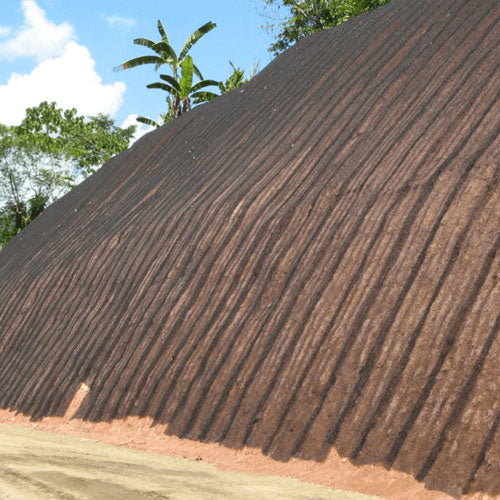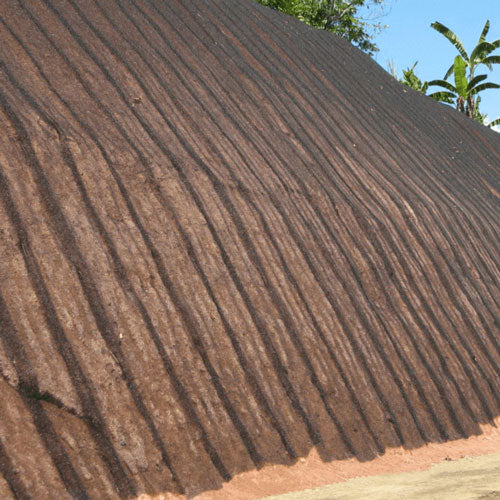Exact Solutions from Memphis Erosion Control Solutions trenching
Wiki Article
Finest Practices for Erosion Control in Construction Projects
Are you dealing with a building and construction job and concerned concerning erosion control? Look no more! In this post, we will direct you through the finest practices for protecting against erosion on your site. You'll find 5 essential methods, reliable sediment and drainage management approaches, key factors to consider for slope stablizing, and pointers for protecting plant life and soil. We'll likewise look into the value of applying proper drain systems. Prepare yourself to tackle erosion head-on and ensure the success of your building and construction job.5 Vital Disintegration Control Techniques

To properly control disintegration on your construction site, you'll need to execute necessary techniques such as incline stabilization and sediment control procedures. Slope stabilization is critical in protecting against soil erosion on high slopes. An additional reliable method is the usage of disintegration control blankets or mats, which are put on the incline and help retain soil fragments while enabling vegetation to grow.
Efficient Sediment and Runoff Administration

You can effectively handle sediment and overflow in your building job by applying appropriate disintegration control measures. An additional vital method is the implementation of disintegration control coverings or mats. By implementing these disintegration control procedures, you can successfully take care of debris and runoff in your building and construction task, minimizing the impact on the environment and conforming with regulative requirements.
Key Considerations for Slope Stablizing
You require to meticulously take a look at the slope's qualities, such as its drainage, angle, and make-up patterns. Look for indications of erosion, such as subjected origins, cracks, or slumping dirt.As soon as you have determined the unsteady areas, you can begin carrying out steps to stabilize the incline. One typical method is using retaining wall surfaces or terracing to create a collection of flat actions, which can aid distribute the weight and protect against additional disintegration. An additional alternative is to plant greenery on the slope, as the roots can aid secure the dirt and control disintegration. In addition, mounting disintegration control coverings or mats can offer prompt protection while plants becomes established.
It's vital to frequently monitor the stabilized slopes to guarantee their efficiency. Keep an eye out for any type of indicators of activity or erosion, and take immediate activity if essential. Regular upkeep, such as evaluating and fixing any kind of damaged procedures, is also necessary to guarantee lasting stability.
Finest Practices for Plants and Dirt Defense
One effective means to safeguard plant life and dirt on inclines is by regularly inspecting for indicators of erosion and taking prompt activity if why not look here needed. Beginning by checking the slope for any signs of erosion, such as subjected origins, bare soil spots, or debris build-up at the base. Implement erosion control steps such as installing disintegration control blankets, mulching, or even creating retaining walls if needed.Applying Proper Drainage Systems
To successfully apply appropriate drainage systems, it's important to think about the incline gradient and soil type. Understanding these factors is important when it comes to taking care of water circulation and protecting against disintegration. The incline gradient plays a substantial role in identifying just how water moves across the land. Steeper slopes can result in quicker water flow, enhancing the threat of disintegration and flooding. On the various other hand, gentler slopes permit water to move a lot more slowly, minimizing erosion potential. By assessing the incline gradient, you can develop a reliable drain system that suits the all-natural water motion.Dirt type also affects water drainage system design. Different dirt kinds have differing levels of leaks in the structure, influencing how water is soaked up and drained. Sandy soils often tend to drain pipes faster due to their coarse texture, while clay dirts have a slower water drainage rate due to their portable nature. Understanding the dirt type assists in choosing ideal drain strategies, such as using permeable products or mounting French drains pipes. Additionally, taking into consideration the soil features check my source helps prevent waterlogging, which can bring about bad plant growth and damages to frameworks.
Final Thought
In verdict, when it comes to disintegration control in building jobs, you should comply with these finest practices. Think about slope stablizing approaches to ensure the security of the site. By adhering to these necessary techniques, you can effectively control disintegration and ensure the success of your building and construction task.To properly manage disintegration on your building and construction website, you'll require to apply necessary strategies such as incline stablizing and anchor debris control measures. Slope stabilization is vital in protecting against dirt erosion on high inclines. Another efficient strategy is the usage of erosion control coverings or floor coverings, which are positioned on the slope and help keep dirt fragments while permitting greenery to expand. An additional alternative is to grow plants on the incline, as the roots can assist secure the dirt and control disintegration. Implement erosion control actions such as mounting disintegration control blankets, mulching, or also building keeping wall surfaces if needed.
Report this wiki page